Russia’s Biggest Drone and Missile Barrage Hits Ukraine After Zelensky–Trump Peace Talks
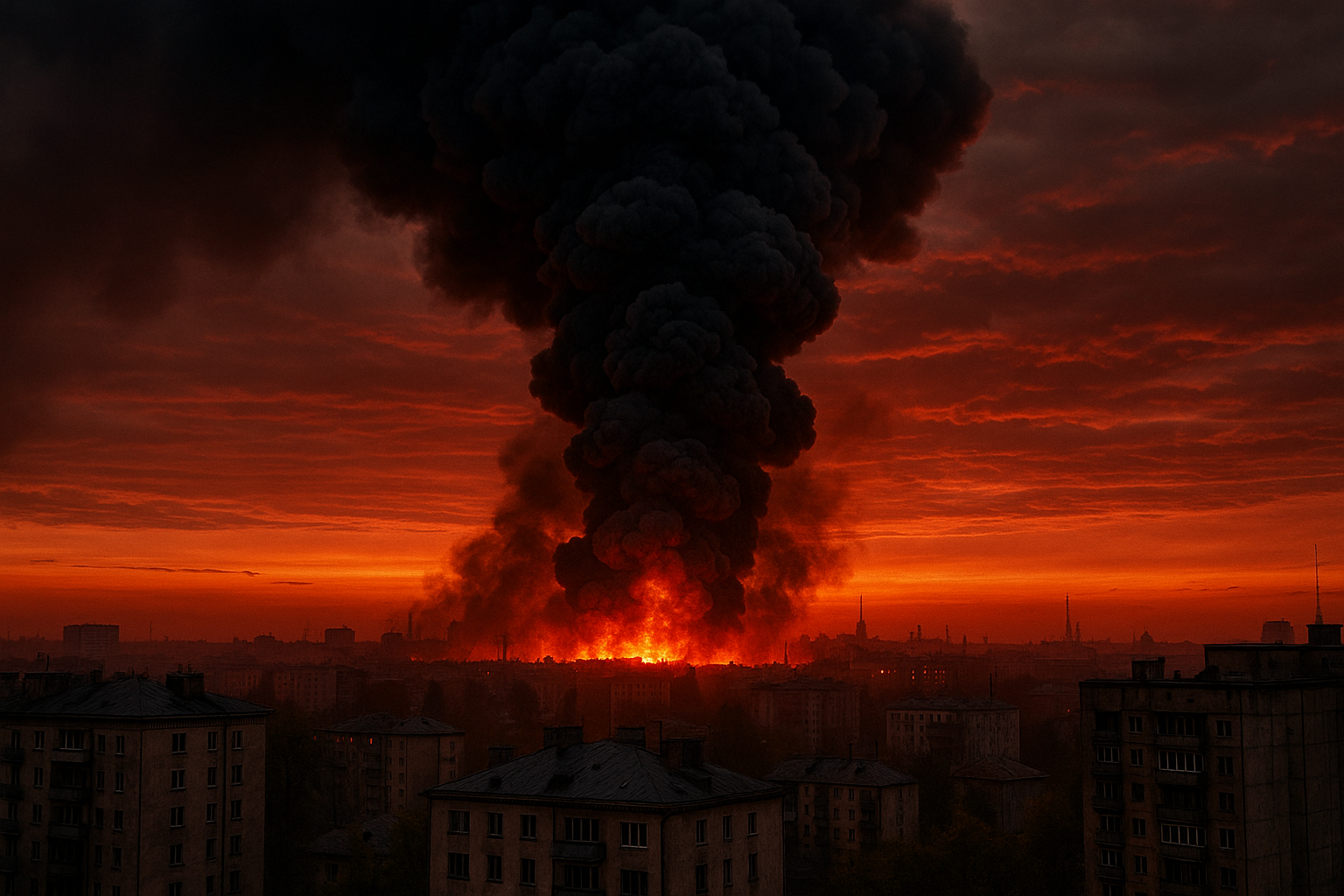
Just days after Ukrainian President Volodymyr Zelensky met U.S. President Donald Trump and European leaders to push for peace, Ukraine was hit by one of the largest Russian attacks in weeks. On August 19, 2025, Russia unleashed 270 drones and 10 missiles across multiple cities, striking energy grids and transport networks. Although most were intercepted, the scale of destruction left homes powerless and businesses paralysed. This assault sends a clear message: peace is still far from Moscow’s agenda.
Russia’s Massive Overnight Attack
According to the Ukrainian air force, Russia launched a wave of 270 drones and 10 missiles overnight. The primary targets were energy and transportation infrastructure, a pattern seen repeatedly over the last year.
- Around 230 drones and 6 missiles were destroyed before reaching their targets.
- However, 16 locations still reported direct impacts.
- Fires and blackouts spread across communities, leaving 1,400 homes and dozens of businesses without power.
The city of Kremenchuk, in the Poltava region, was among the hardest hit. Its mayor described the situation as a calculated show of aggression, dismissing any notion of peace from Moscow.
The Timing: After Zelensky’s U.S. Visit
This attack came right after Zelensky visited Washington, where he met Trump and European leaders. The meetings were aimed at:
- Securing long-term Western support.
- Discussing peace frameworks.
- Coordinating reconstruction of Ukraine’s energy and defence sectors.
Yet, Putin’s military escalation looks like a direct counter-message: Russia will not ease pressure, even while diplomatic talks gain momentum.
Why Energy Infrastructure Matters
Russia’s strikes are not random. They are aimed at Ukraine’s energy lifelines—the grids, power stations, and pipelines that keep daily life functioning. Cutting power has ripple effects:
- Hospitals struggle with electricity shortages.
- Factories and transport systems grind to a halt.
- Civilians are left vulnerable in blackouts.
Ukraine calls these attacks “systematic terrorist assaults”, accusing Russia of breaking international humanitarian law.
The Psychological War
Beyond the physical destruction, such massive barrages are also meant to intimidate. Ukraine’s resilience is being tested daily:
- Citizens live under constant threat of air raids.
- Workers and families adjust to life without stable power.
- Communities are forced to rebuild again and again.
But so far, the Ukrainian spirit has not broken. The quick interception of most drones proves the country’s growing air defence capacity—with Western support playing a major role.
The Global Signal
Putin’s timing is not accidental. By striking right after peace talks:
- He signals to Ukraine’s allies that diplomacy won’t stop Moscow’s aggression.
- He tries to pressure European nations, many of which face rising energy costs due to the war.
- He sends a warning to Trump, testing whether the U.S. president will soften or strengthen his support for Kyiv.
In other words, this was not just an attack on Ukraine—it was a message to the world.
What Lies Ahead
Ukraine faces two parallel battles:
- On the ground — defending cities, repairing energy lines, and keeping morale high.
- On the global stage — securing funding, weapons, and diplomatic unity.
The longer Russia continues these large-scale attacks, the harder it becomes for peace negotiations to find common ground. Still, Kyiv believes that unity with Western allies can turn the tide.
Conclusion: A Clear Choice for the World
The August 19 barrage wasn’t just another military strike—it was a reminder of what’s at stake. Russia’s actions show that peace is not yet on Putin’s agenda. For Ukraine, the fight is about survival, dignity, and justice. For the world, the choice is clear: stand with Ukraine or let terror win.
👉 The next few weeks will reveal whether diplomacy or destruction sets the course for this war.
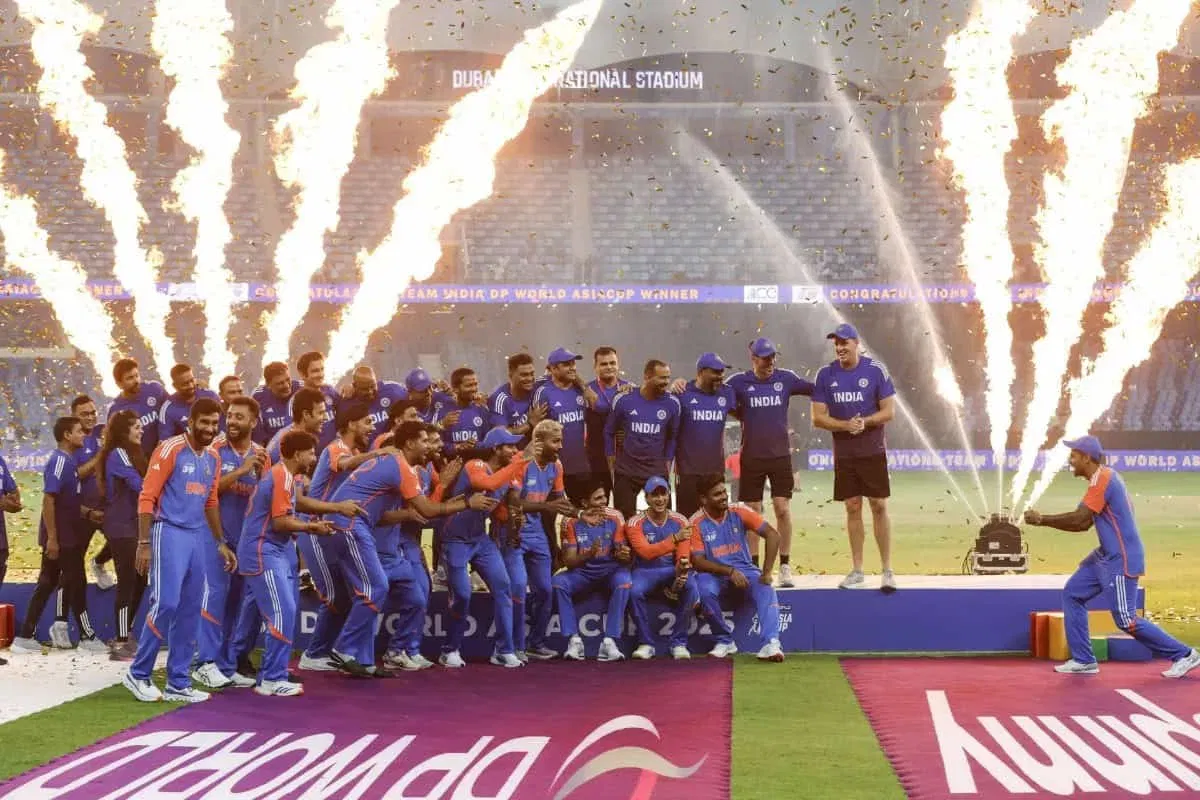

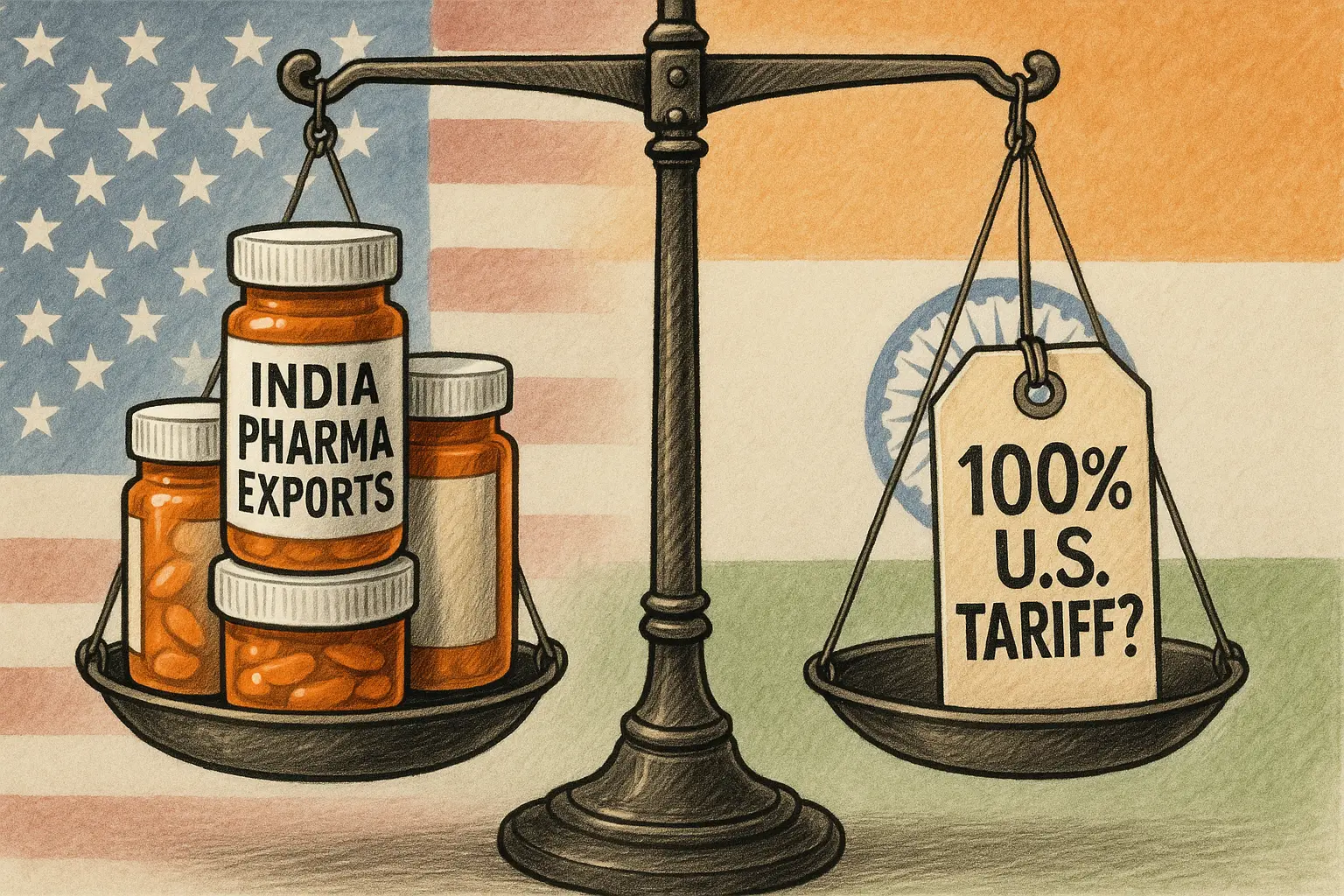
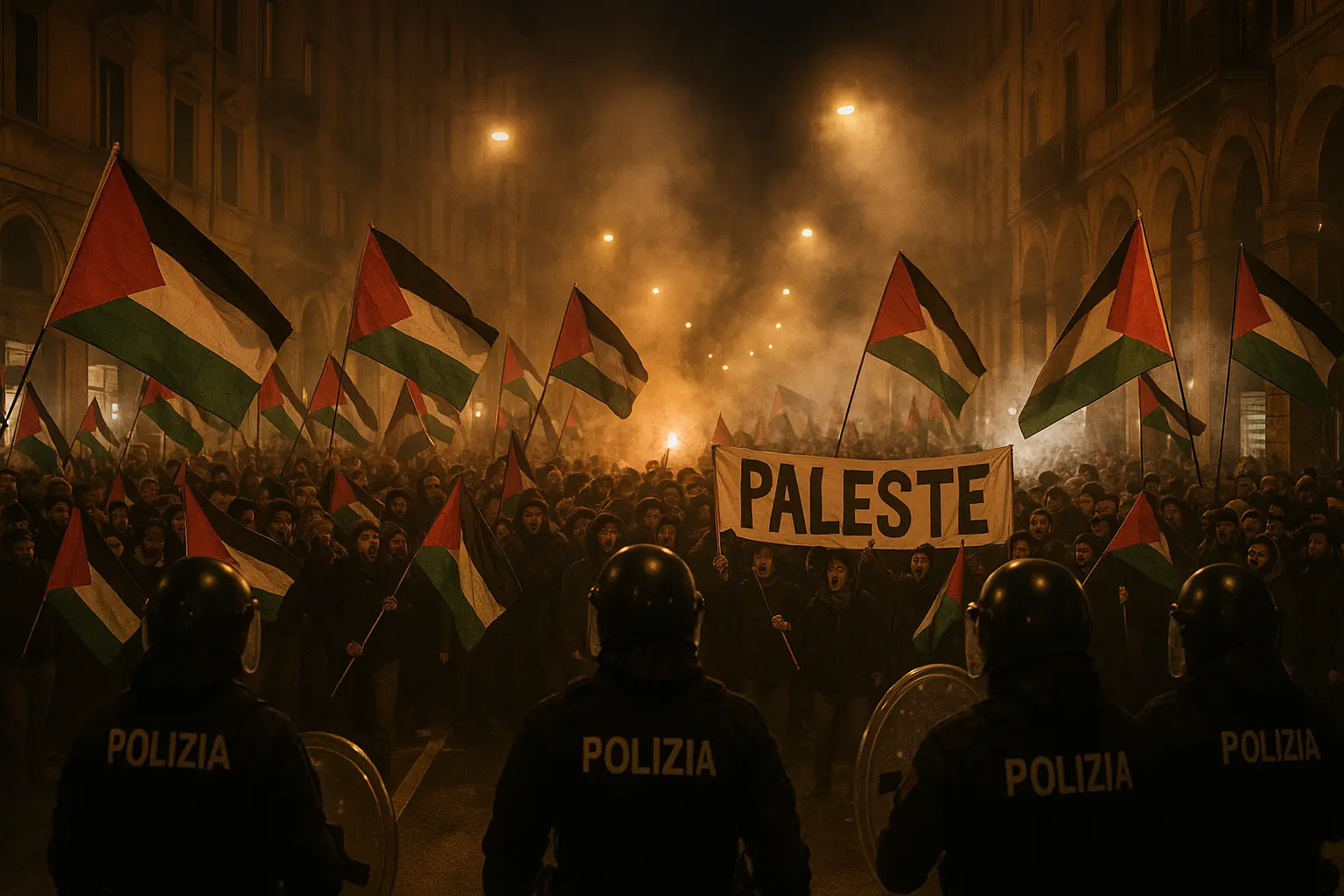
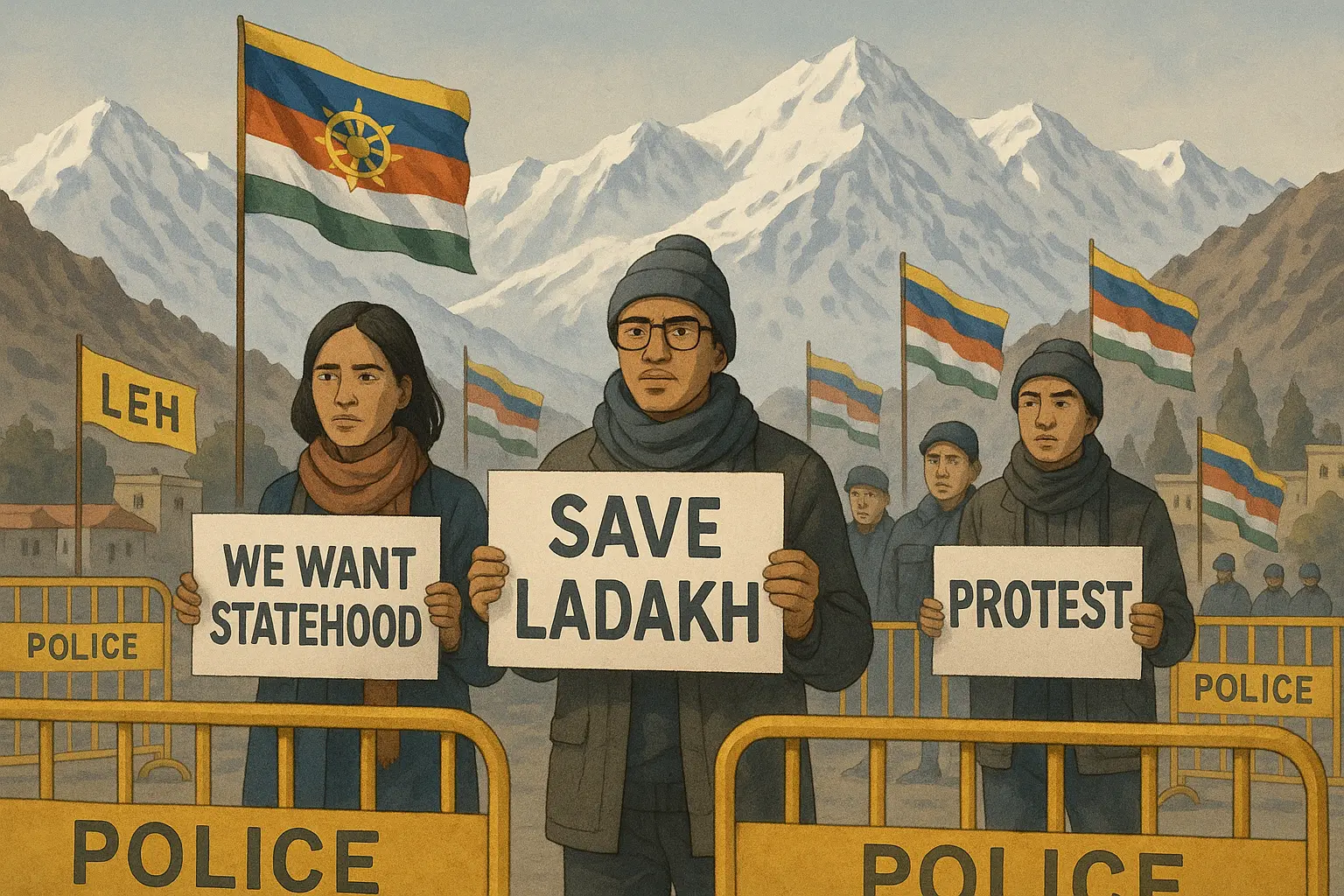
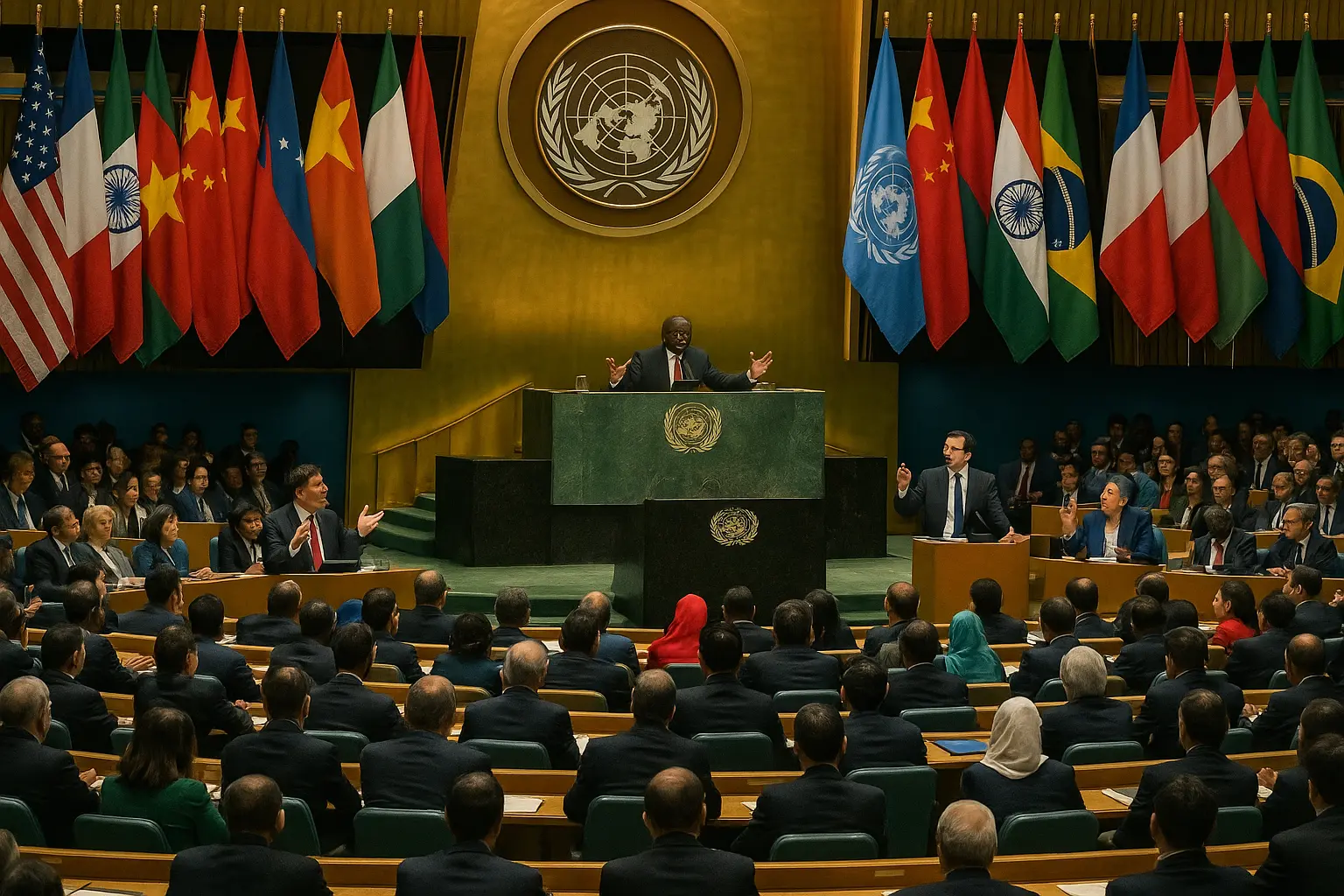
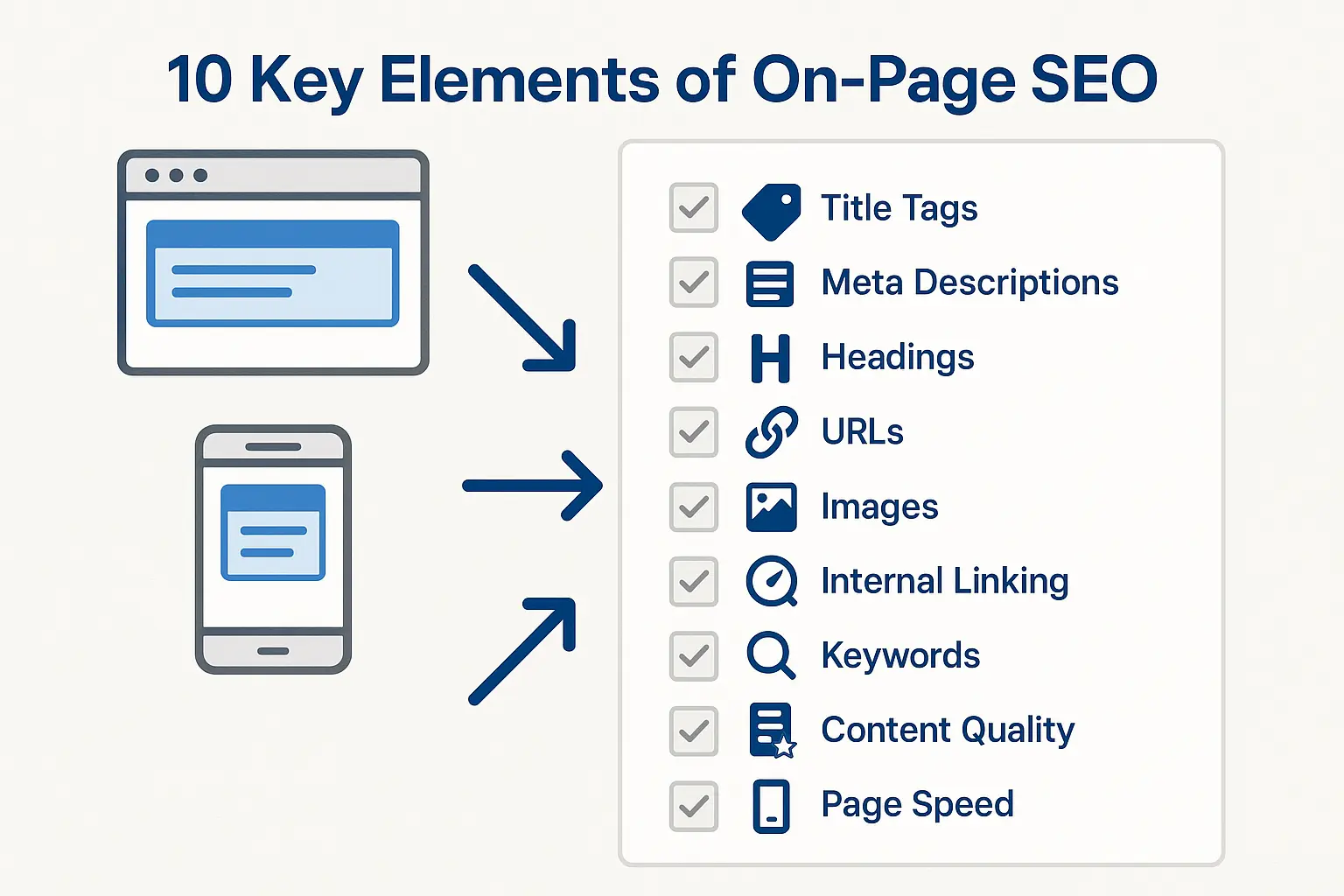


No comments yet. Be the first to comment!